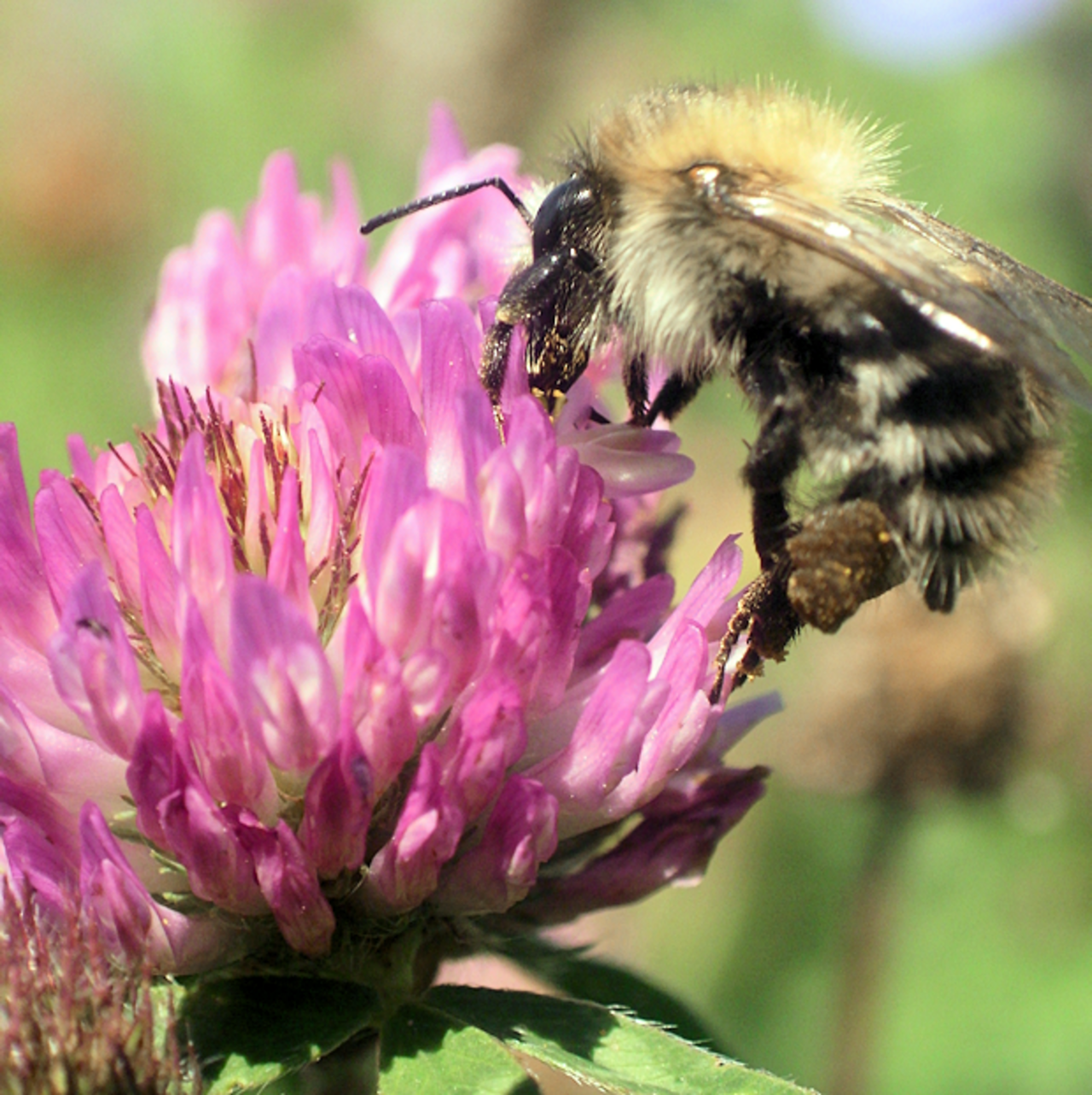Project
Cultivation of legumes and catch crop mixtures as ecological focus areas: Effects on biodiversity

Cultivation of legumes and catch crop mixtures as ecological focus areas within the greening of the CAP: Literature review on the effects on biodiversity in agricultural landscapes
The EU seeks to counteract the ongoing loss of biodiversity in agricultural landscapes through the greening measures of the CAP. Legumes and many catch crop mixtures have been acknowledged as ecological focus areas.
By means of both, legumes and catch crop mixtures, it is intended to promote the spatial and temporal diversification of the agricultural landscape and increase potential habitats to promote biodiversity.
Here, we conduct a literature review with the goal of determining whether these expectations hold true. Moreover, we aim to investigate the relative importance of factors such as fertilizers, crop protection and harvest dates for biodiversity within the cultivation of catch crops and legumes.
Background and Objective
While the positive influence of catch crops and legumes on biodiversity is often highlighted, the scientific evidence base on this issue is rather weak.
In this project we therfore analyse the existing knowledge by conducting a systematic literature review and meta-analysis in order to investigate whether and how biodiversity is affected by cover crops and legumes, respectively. We also focus in detail on the relative importance of other factors such as fertilizers, crop protection measures and harvesting dates.
Ultimately, we aim to provide clear statements and recommendations regarding the impact of different compositions, spatial and temporal distributions and various management strategies of legumes and intercropping in terms of the future shape of the CAP.
Target Group
Politics, science , agriculture , environmental protection and conservation
Approach
Starting point is the identification of relevant literature, using various international literature databases that focuses on studies with empirical data concerning the response of various organisms or oganism groups to legume and catch crop cultivation. The obtained studies are evaluated by means of comprehensive systematic reviews on the different issues and, if possible, by using meta-analyses. In parallel, experts are identified and contacted to get further information on unpublished data, ongoing projects and potential collaboration partners.
Data and Methods
Literature databases:
- Google Scholar
- Scopus
- ISI Web of Knowledge
- Thünen-Discovery service
Storage, inspection and evaluation of the literature in EndNote
Statistical evaluation of the obtained data in R.
Our Research Questions
How does a higher proportion of legumes and/or catch crop mixtures affect biodiversity at landscape, farm or field level?
What effect has a higher crop diversity within the rotation due to cultivation of legumes and/or catch crop mixtures crop diversity on biodiversity?
What effect has the time of harvest of legumes and catch crops mixtures on biodiversity?
What impact do crop protection measures in legumes and cover crops have on the associated biodiversity?
Is biodiversity affected by the potentially reduced use of crop protection measures in legumes and/or catch crop mixtures?
Does the altered nutrient and fertilizer management in legumes and catch crops affect biodiversity?
Involved Thünen-Partners
Duration
2.2015 - 7.2018
More Information
Project status:
finished
Publications
- 0
Everwand G, Cass S, Dauber J, Williams M, Stout JC (2017) Legume crops and biodiversity. In: Murphy-Bokern D, Stoddard FL, Watson CA (eds) Legumes in cropping systems. Wallingford: CAB International, pp 55-69

![[Translate to English:] [Translate to English:]](/media/_processed_/e/3/csm_Demetra2_c8a192c0f8.jpg)
![[Translate to English:] [Translate to English:]](/media/_processed_/e/2/csm_Demetra1_Panorama_8557ee3b13.jpg)





